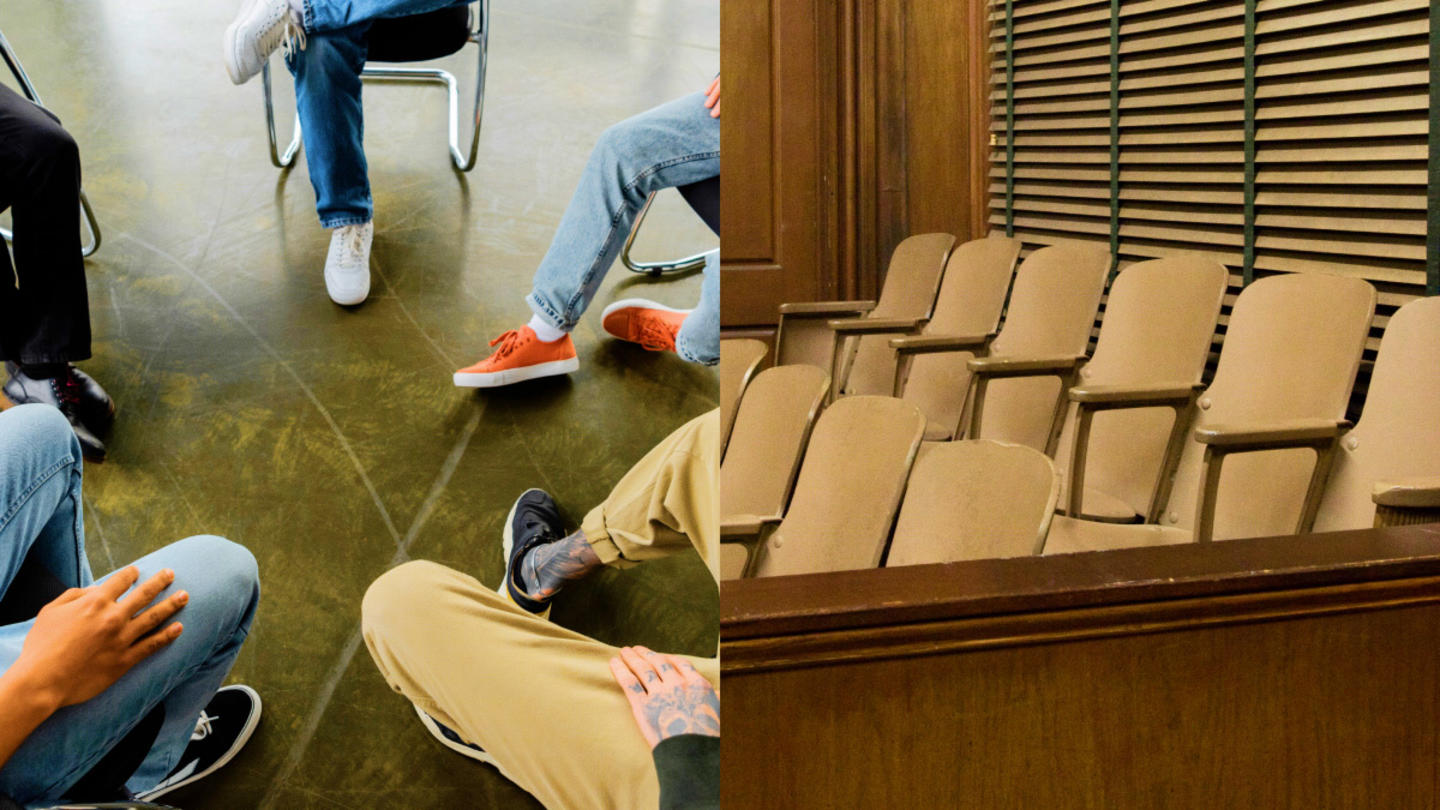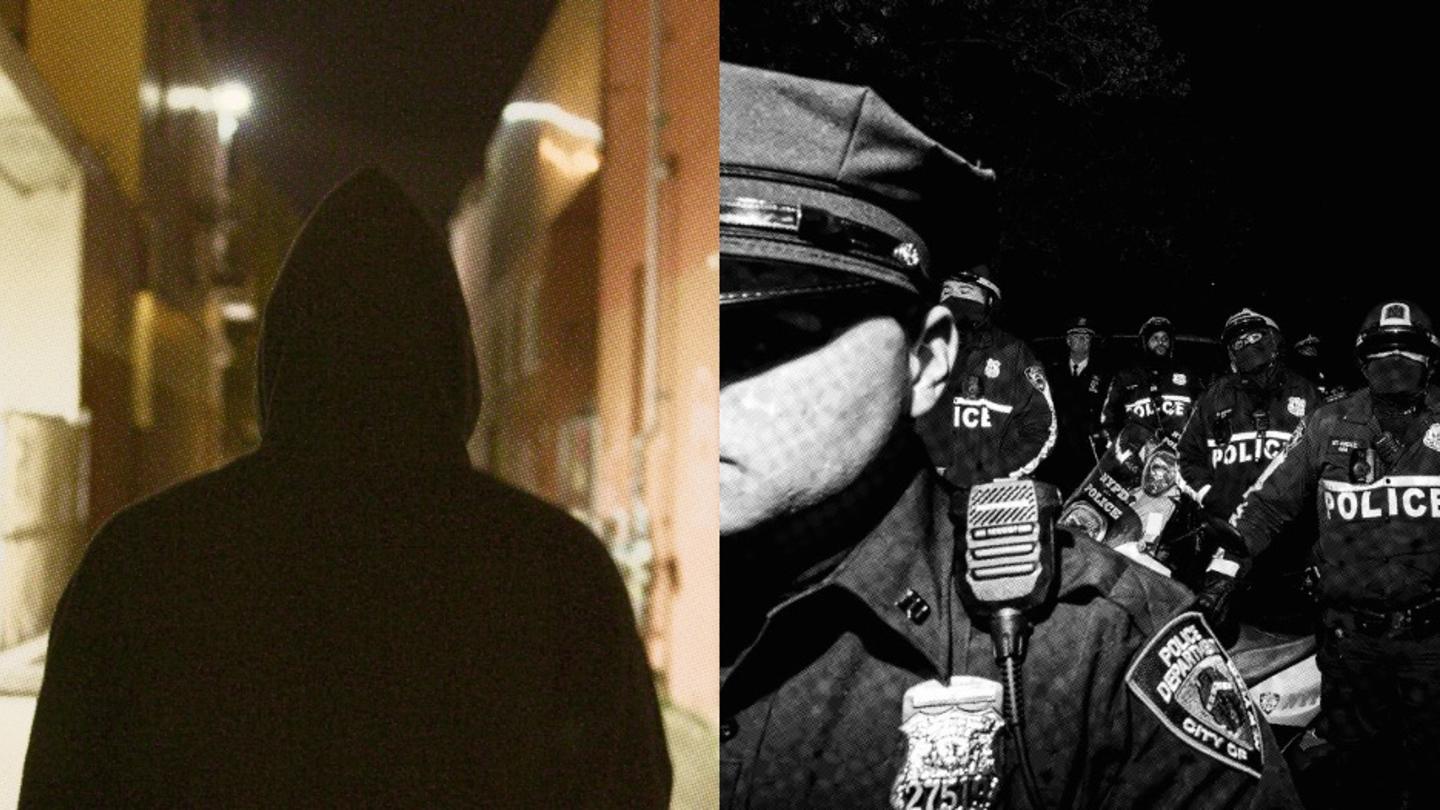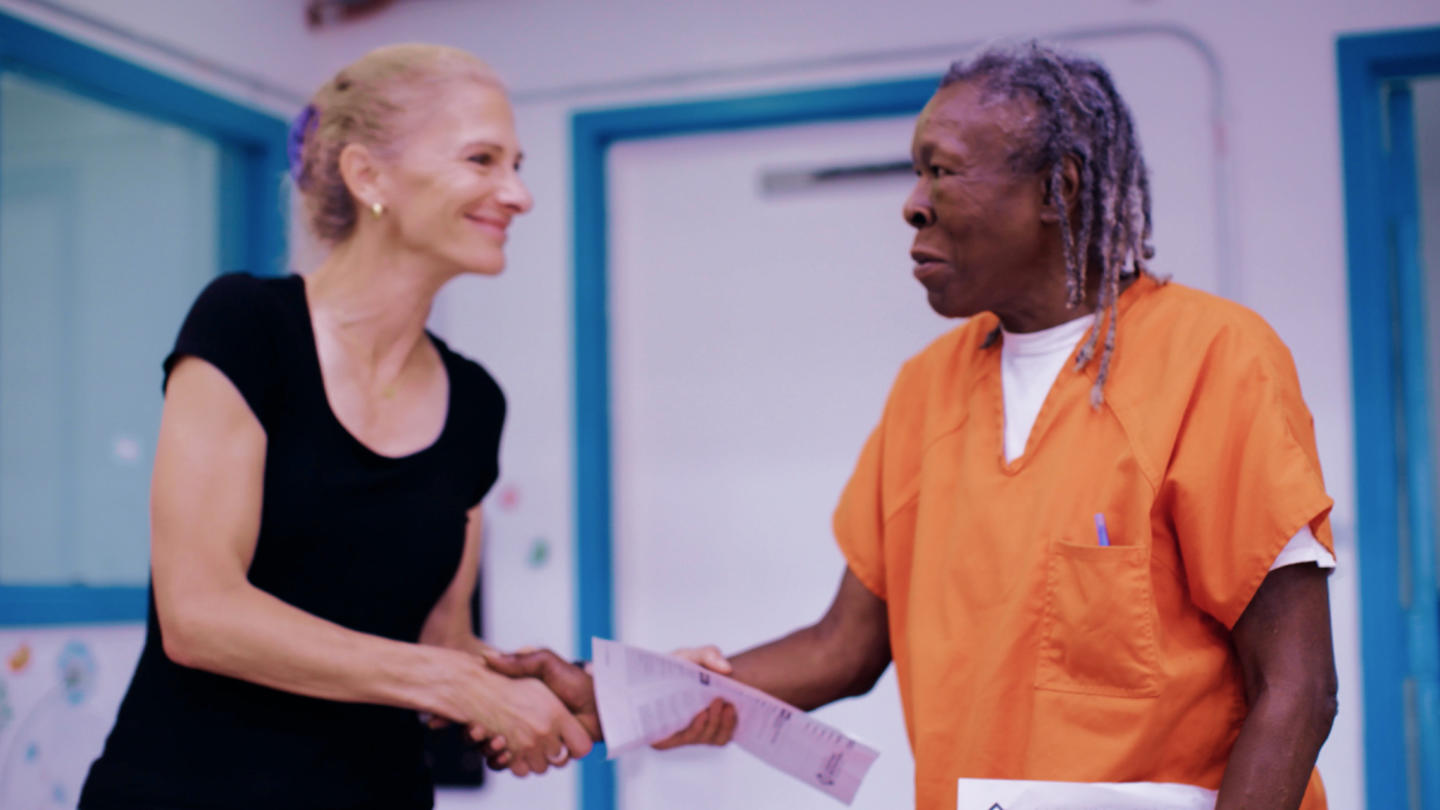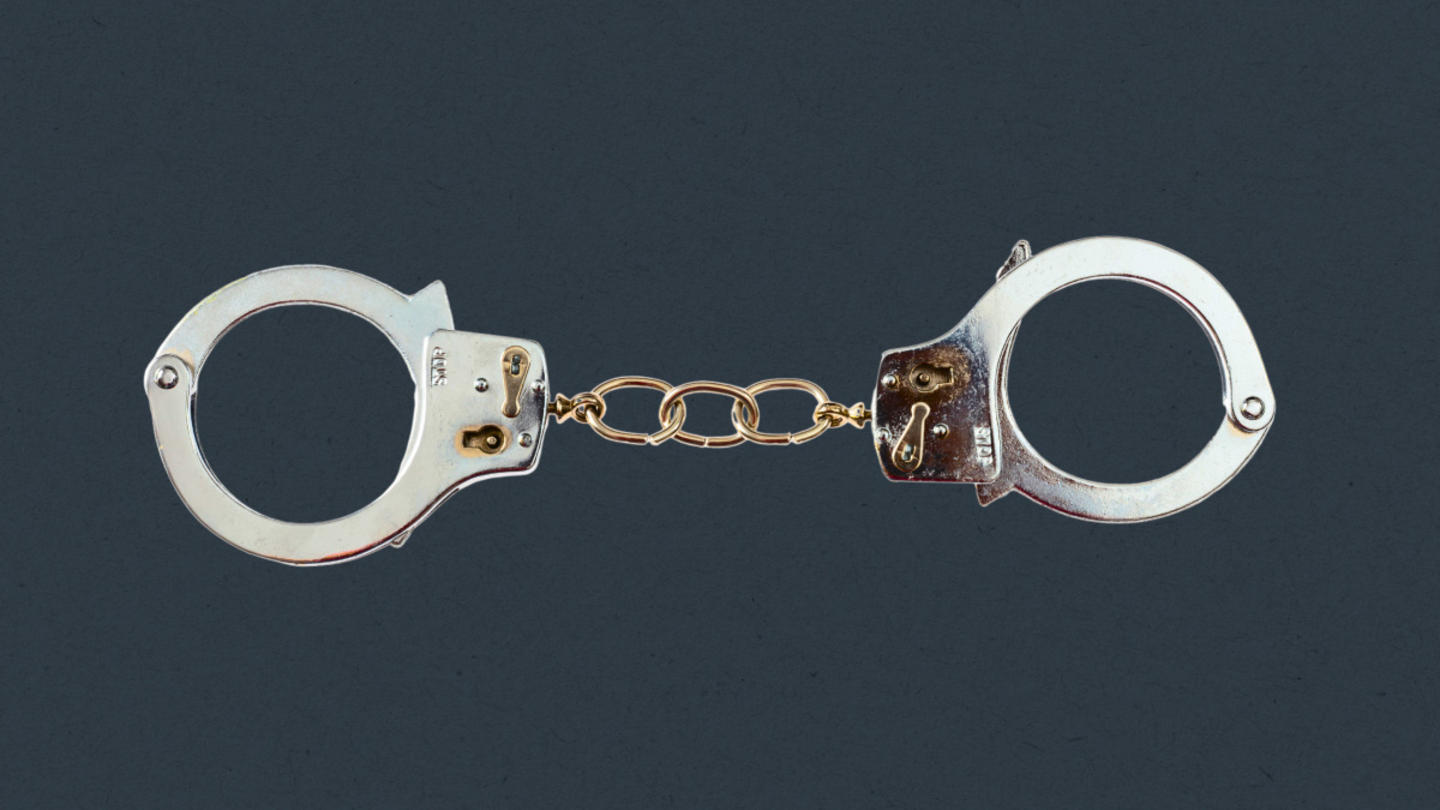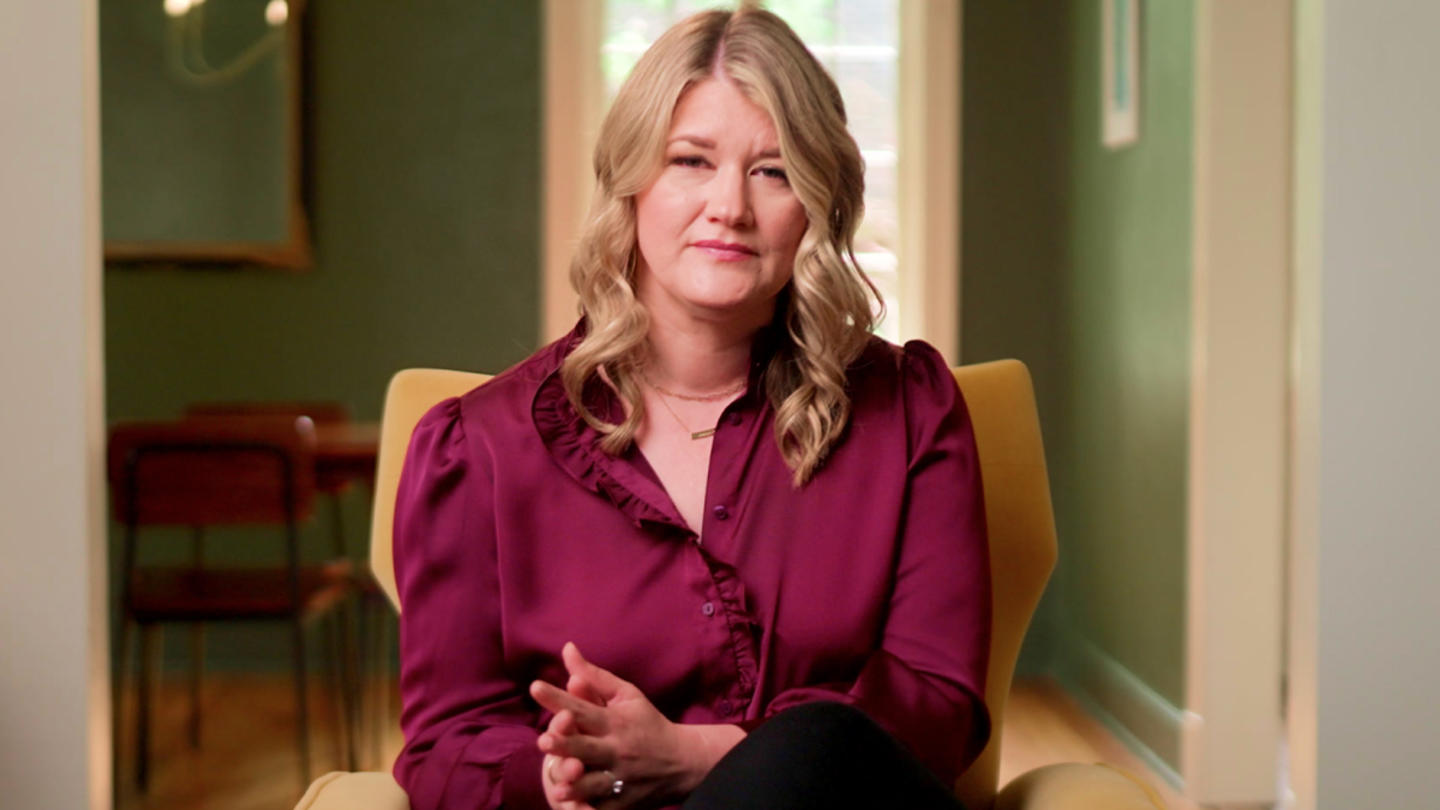As Americans demand solutions to rising crime rates and problems with the criminal justice system, innovative alternatives are gaining momentum. One such alternative is restorative justice community courts, which take a more holistic approach to public safety by focusing on repairing harm that's been done and building trust between all parties involved.
Meg Hamilton has seen the benefits in her community firsthand. She's a police sergeant in Madison, Wisconsin, where like many communities across the country, over half of people who are arrested are rearrested for repeat offenses within three years.
Sergeant Hamilton has referred over 500 people to Madison's Community Restorative Court. Her lived experience is consistent with research that has found restorative justice community courts reduce repeat offenses, leave victims more satisfied with the outcome, and build trust between police and the communities they serve.
In 2022, Sergeant Hamilton joined forces with New Blue, a year-long incubator program for police officers driving change from within their own police departments with the goal of improving police-community relations across the country. As a New Blue fellow, she created a sustainable solution within her community, implementing a new pilot program to encourage police officers to participate in restorative justice circles.
In this Q&A, Sergeant Hamilton shares her experience with the Community Restorative Court in Madison, how it works, and what barriers stand in the way of its being more widely adopted.
What is your role with the Community Restorative Court in Madison?
As the community outreach sergeant, I'm the nexus between restorative justice efforts in the community and my 500-person police department. In the last four years, I've spent much of my time in criminal diversion and deflection — which, when I was on patrol, wasn't something in my everyday wheelhouse.
Dane County Community Restorative Court (CRC) works with 17 police departments, but my department is by far the largest in the area, and we send the lion's share of referrals. I have worked hard to refer every single person who could possibly qualify, which last year was 178. But I wanted to do so much more, which is where my New Blue Fellowship comes in.
New Blue Fellowship is aimed at officers wanting to spark transformation in the communities we work in. I looked at my experiences, overseeing 3 different criminal diversion and deflection efforts for Madison Police. And I saw the biggest opportunity for growth in the MPD partnership with Community Restorative Court.
My project started with the idea that if police officers were paid the same to take part in CRC Circles as they are compensated for traditional court proceedings, that could spur cops to attend Circles and overtime, legitimacy would grow.
What's a "circle" in the Community Restorative Court? How is that different from traditional court proceedings?
If an officer makes a criminal arrest or writes a citation for municipal court, they might be subpoenaed to court to give testimony. In that testimony, officers provide facts from a criminal complaint, ticket or arrest report.
There's a completely different focus in CRC. A referred person receives an assessment by a social worker to get an overall view of this person's life and what needs may exist: trauma needs, medical needs, dental care, employment, child care.
Then there's a Circle, composed of the respondent (who police would think of as the suspect) and a cadre of peacemakers. The peacemakers are volunteer community members trained by the CRC to serve in this function.
They listen to what occurred, and the respondent has an opportunity to talk. This is the space in which I am working to have an officer participate. When the officer and the respondent see one another in an open, human-to-human space— and not during an encounter in the street — a whole different conversation is possible.
My hope is the respondent sees the officer as a person, not just a uniform. I similarly hope officers can see the respondent as a person with a story, instead of just a suspect. Ideally, everyone involved feels seen and heard, and the people involved can move forward and be stronger for it.
That's part of what's so impactful about working with New Blue – it gave me a support network of like-minded officers who are dreaming big, too. Police are not a separate entity outside of the communities we work in. We need to show up in new spaces and step into new roles, to authentically build trust.
There has to be some form of legal accountability even with Community Restorative Court, right?
Absolutely. The volunteer peacemakers craft a repair harm agreement: a contract in which the respondent has to undertake a series of obligations in order to close out their case.
Here is an example: an underage person who went out in downtown Madison, became heavily intoxicated and damaged a tavern's window might be required to attend three AA meetings and write a reflection paper on their relationship with or reliance on alcohol. Once they complete the stipulations in their Repair Harm Agreement, the charges are dropped.
Every single case CRC closes is sent back to us with an explanation of the referral's successful steps and completion or failure. If there's a failure by the respondent to take part in a required step, the case is rerouted to the traditional court system.
How does the Community Restorative Court impact public safety?
Driving at the heart of "public safety," police cannot do their jobs effectively without some measure of public trust in their efforts. I strongly believe that offering people options to the traditional court process builds trust by showing the community a good-faith effort to provide alternatives to punishment. Paying a citation or sitting in jail is punishment.
CRC isn't the answer to every offense committed, and the program doesn't try to address every offense. But the CRC team is extraordinary at diverting some folks whose lives will be negatively impacted in the long-term.
Why don't more police officers participate in the Community Restorative Court?
Our officers work six on, three off, which means that weekends and evenings at home are few and far between. When our officers go to court, they get paid overtime if they're outside of scheduled work hours.
In the past, Madison Police officers were invited to take part in Circles, but on a volunteer basis. That's hard for a lot of people. I know personally, I have to find childcare to fulfill work commitments that are outside of my schedule. Caregving, a need for rest, other civic involvements, family obligations and many more things fill up officers' off-time. Compensating people to take part in a Circle means we can potentially chip away at those barriers.
What's your solution for getting more police officers involved in the Community Restorative Court?
New Blue helped me think about that question and get my pilot program off the ground with a microgrant to pay officers to attend restorative justice court. I've noticed that cops are skeptical about alternatives to criminal court. If we want to expose cops to a new system, we need to bring them to the table voluntarily and compensate them. We have to show the legitimacy of their time and the effort.
The pilot program has resulted in interest from officers in attending Circles and also grassroots questions about why CRC is important and why my agency is supporting this endeavor. That opens up the door to conversations.
Any time you're trying to change a system that's been in place for a really long time, and that's reinforced by budgets and partners, you're going to swim upstream. I'm finding that the officers I work with need a little bit of exposure to restorative justice to buy in. It's the same exposure I got when I took my current position, and had the opportunity to learn about alternatives to traditional court.
We're in an era of community calls for police to transform and change, and to find solutions that aren't arrests and aren't tickets. And the only way that change happens long-term in policing is from within the profession. It's worth the investment.
Right now, the only choices seem to be incarcerating people or letting them go. It seems that the Community Restorative Court gives officers more options, no?
The way we're trained, cops go to 911 calls. At the end, we have a certain amount of options to successfully conclude the call. CRC isn't appropriate for every call.
Think of a property crime, like damage to a person's home. The homeowner might say, 'I really don't want this person to get in trouble, but something needs to happen.' You can hear the conundrum there. If the option is nothing or a criminal charge, people tend to lean toward the criminal charge.
If we can offer a third option – where there would still be accountability for those who have done wrong, and where they would have to proactively repair the harm they have inflicted – a lot of victims will be interested.
How has New Blue been received across the Madison area?
I regularly talk to police chiefs from other departments. And I'm shameless. I bring up our diversion programs, and ask if they have officers who might be a good fit for New Blue. My part of Wisconsin is rich in progressive police leadership: Chief Chaney from Monona Police, Chief Roman from University of Wisconsin - Madison Police, Sheriff Barrett of the Dane County Sheriff's Office are just a few.
Sheriff Barrett and I recently corresponded about a new, low-barrier clinic opening in Madison for people living with substance use disorder. We're in an era of change, and the tide is turning toward connection to resources.
Everyone has a story about a second chance they got, and the lifelong impact that chance afforded them. CRC, and police officers, can provide a second chance when it might matter most. And we'll change lives for the better.
New Blue is supported by Stand Together Trust, which provides funding and strategic capabilities to innovators, scholars, and social entrepreneurs to develop new and better ways to tackle America's biggest problems.
Learn more about Stand Together's criminal justice efforts.
